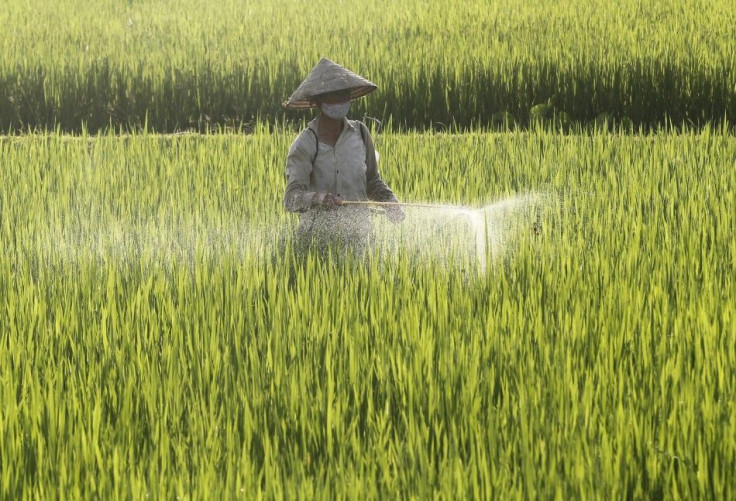Insecticide Resistance Threatens Malaria Fight

LONDON (Reuters) - Malaria-carrying mosquitoes in Africa and India are becoming resistant to insecticides, putting millions of lives at greater risk and threatening eradication efforts, health experts said on Tuesday.
While existing prevention measures such as mosquito nets treated with insecticide and indoor spraying are still effective, experts said tight surveillance and rapid response strategies were needed to prevent more resistance developing.
Despite decades of efforts to beat it with insecticides, bednets and combination drugs, malaria still kills more than 650,000 people a year, most of them babies and young children in sub-Saharan Africa.
Because the disease is spread by Anopheles mosquitoes, insecticides are a vital part of controlling it.
Publishing a plan to help countries tackle the threat, the World Health Organization's global malaria program said resistance had been detected in 64 countries.
We think we're ahead of the curve. The tools we have today work extremely well in almost all settings, so we don't want people throwing their hands up in the air and saying this is a catastrophe, Robert Newman, the program's director, told Reuters.
But we have identified resistance, it is a problem out there, and we need to take urgent and concerted action to make sure we maintain the effectiveness of the tools.
The WHO recommends four main classes of insecticides, the most common of which are pyrethroids. But resistance to at least one of these classes has now been detected in all regions where the disease is endemic.
RESISTANCE SPREADS
A study published last year found that mosquitoes in one region of Senegal swiftly developed resistance to bednets treated with deltamethrin, a pyrethroid.
WHO director general Margaret Chan said the levels of resistance found in Africa and India were of greatest concern.
These countries are characterized by high levels of malaria transmission and widespread reports of resistance, she said in a statement. In some places there was resistance to all four classes of insecticide.
The WHO plan says each country at risk must analyze the extent of resistance and design a pre-emptive management strategy as part of its national malaria control effort, rather than waiting for resistance to increase.
Experts estimate the cost of the global plan at more than $200 million a year, including research into insecticide resistance, research and development of new insecticides, and putting in place management strategies.
We need to think of this as a long-term investment and look at what the costs would be if we did nothing, said Newman.
WHO estimates that malaria costs the African economy alone $12 billion every year, a multiple of the annual $1.5 billion spent globally on the fight against malaria.
If, for example, we were to lose pyrethroids and not be able to use them any more, then malaria control could become very expensive very quickly, Newman said.
But if we buy ourselves many more years of being able to use them - by responding quickly when we find resistance and proactively putting in strategies to stop the emergence of resistance - then the overall price tag for malaria control ... is likely to be lower.
(Editing by Kevin Liffey)
© Copyright Thomson Reuters 2024. All rights reserved.












